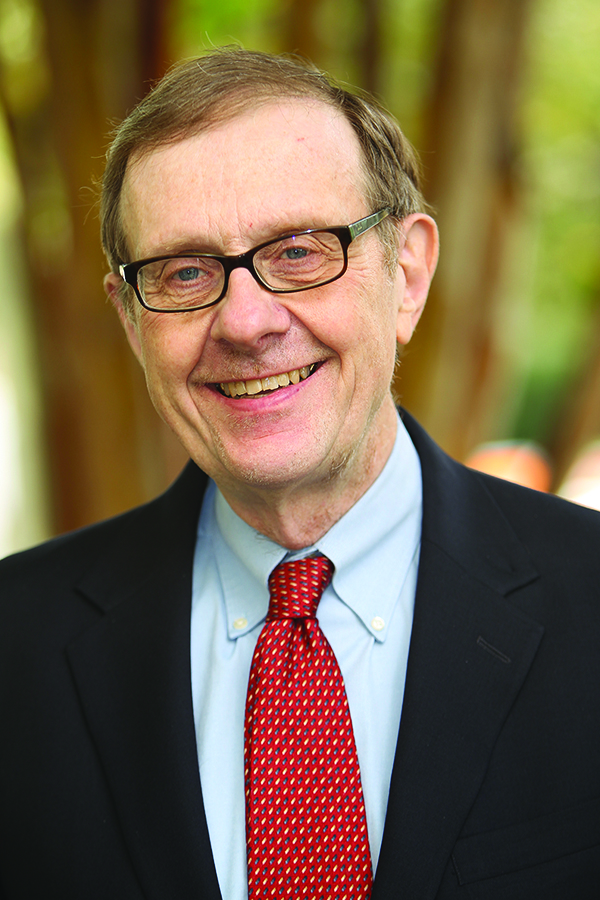 |
| Iowa politicians sell nostalgia and homogeneity to their large white majority (campaign ad screen capture... see video at foxnews.com) (you could spend a semester unpacking this ad) |
The times they are a-changin'--BOB DYLAN
America is getting older, but there's more to it than that, according to William H. Frey, senior fellow at the Brookings Institution (Frey 2023). The oldest Americans are predominantly white, while the younger generations are far more racially diverse. According to data from the 2020 U.S. Census, whites are a minority among those under age 18, and less than 55 percent of those aged 18-44 (see Frey's Table D).
Americans 65-plus were 27.5 percentage points whiter in 2020 than those under 18. This age/race gap increased from 22.7 points in the 2000 census. Frey argues this has amplified generational cultural divides, as seen in responses to the Supreme Court decision on affirmative action and state policies limiting diversity in public school curricula. (See also Frey 2018.)
 |
| William H. Frey (from brookings.edu) |
The same age/race pattern appears in each state and metropolitan area: the older the group, the more white, and the younger the group, the more nonwhite. States differ in how strong that effect is, but it's present everywhere (see maps 1a and 1b in Frey 2023).
Compared to the states that surround us, Iowa is somewhat older and whiter, and has a smaller age/race gap than of our neighbors except Missouri. We're pretty similar to most of them on the metrics used in Frey's article, with the exception of Illinois, which is more diverse among all age groups, and has had a steep decline in the proportion of under-18s of any race.
The largest gap is in Arizona, where the oldest group is 77.9 percent white and the youngest is 37.2 percent white, a gap of 40.7 percentage points; that may account for that state's notoriously riven racial politics over the years featuring the likes of Evan Mecham, Jan Brewer, and Sheriff Joe Arapaio. Nevada, New Mexico, Delaware, Rhode Island, Florida, and Oklahoma are the next six. The age/race gap may account for the scorched-earth toxicity of, say, Florida governor Ron DeSantis; but it's noteworthy that not all states with a large age/race gap experience the same political expressions.
 |
| Older white Arizonans have had to get used to diversity (Source: cronkitenews.asu.edu) |
The age/race gap is smallest among states that remain predominantly white. These states also tend to have small and declining populations, because with a few exceptions (Idaho, North Dakota, Utah) the white birth rate is low everywhere. Seven of the ten smallest gaps--West Virginia (#1), Vermont, Maine, New Hampshire, Kentucky, Wyoming and Montana--are in states who are also among the ten whitest states in America. On the other hand, the District of Columbia (#2) and Hawaii (#5) are so diverse even their oldest age groups are not that white.
Iowa is the sixth whitest state according to the 2020 Census, with 82.7 percent of Iowans identifying as white (mixed-race not included). Iowa's age/race gap is 21.1 points, 35th highest (a.k.a. 16th lowest). Iowa is 15th in percentage for both over 65 and under 18. That's an explanation, but only a partial one, for why we Iowans have been far more receptive to the white nationalist politics championed by Donald Trump than are Maine, New Hampshire, and Vermont. Perhaps, like North and South Dakota (and Wyoming?), our age/race gap may be small by national standards, but it's gotten large enough to alarm the traditional establishment.
Iowa's approach to public education--which old-timers will tell you was once a source of state pride--is not unique but is an outlier even for states with aging, predominantly white populations. As the current school year approaches, the state is shifting substantial funds to private education through vouchers, as well as sending ominous but vague directives to remove books deemed offensive from classrooms and libraries. This is after the state's per-pupil education funding change from 2016 to 2021 trailed all neighboring states except Nebraska, not to mention all five states that have whiter populations.
At the county level, the four Iowa counties that favored Deirdre De Jear in the 2022 gubernatorial election tend to be younger and more racially diverse than the state as a whole, particularly Johnson (home to the University of Iowa) and Polk (home to the state capital). These are the counties Governor Kim Reynolds excluded from "the real Iowa," and while her statement was hateful, on some level she was also correct. Johnson, Polk, and a very few other counties are neither as white nor as old as the whole state.
(Note that I wasn't able to replicate Frey's data at the county level with 2020 census data, so I used data from the 2021 American Community Survey. To keep the age categories consistent with the original presentation, I split those aged 35-44 in half. Even American Community Survey data were not available for all counties.)







No comments:
Post a Comment